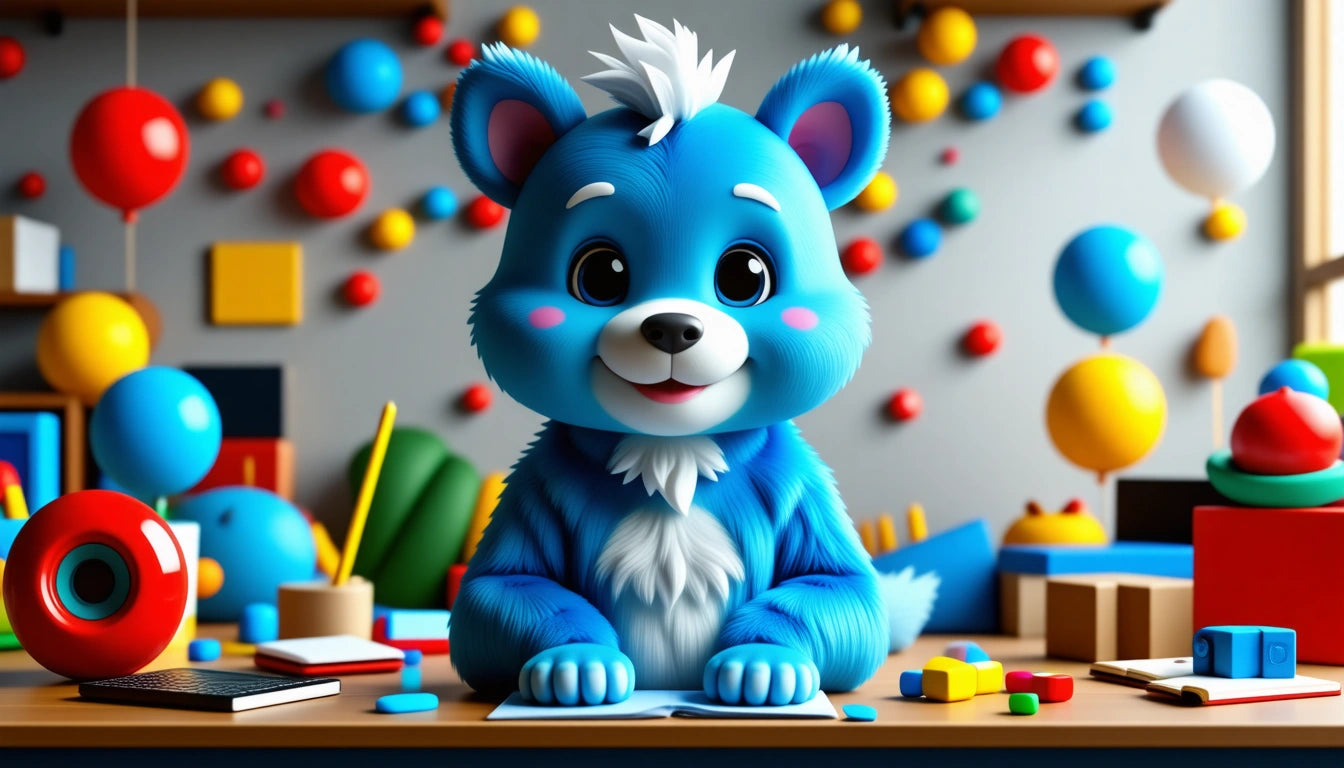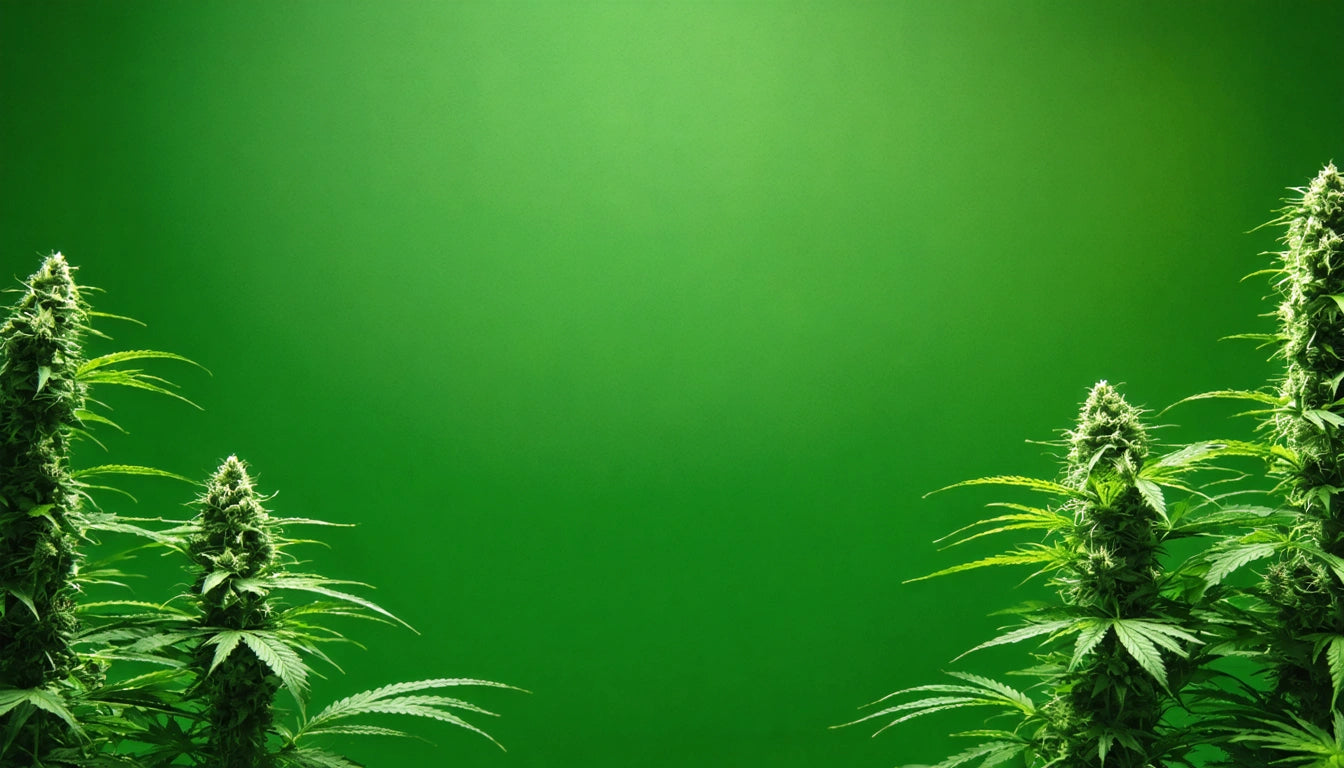Table of Contents
Becoming an Exceptional Mascot: Creative Ideas and Essential Tips
Mascots serve as the vibrant, physical embodiment of a brand's personality, team spirit, or event atmosphere. Whether representing sports teams, businesses, or community events, effective mascots create memorable experiences and foster emotional connections with audiences. This comprehensive guide explores innovative mascot ideas and provides practical advice on how to be a good mascot in various settings.
Understanding Mascot Fundamentals
Before diving into character creation, it's essential to understand what makes mascots effective. The best mascots combine visual appeal, personality, and performance skills to create a character that resonates with the target audience.
The Psychology Behind Successful Mascots
Successful mascots tap into fundamental psychological principles of recognition, emotional connection, and memory formation. Characters with distinctive silhouettes and expressive features tend to be more memorable, while those with relatable personalities create stronger audience bonds.
Research shows that mascots with clear character traits and backstories generate more engagement than generic characters. This explains why iconic mascots like sports team representatives often have detailed origin stories and defined personality traits.
Creative Mascot Ideas for Different Settings
When developing mascot ideas, consider the context and audience you'll be entertaining. Different settings call for different character types and performance styles.
Sports Team Mascots
- Animal mascots with athletic abilities (eagles, tigers, bears)
- Historical or cultural figures relevant to the team's name or location
- Abstract characters that embody team values like strength or speed
- Anthropomorphic objects related to the team's industry or region
Corporate and Brand Mascots
- Product-based characters (similar to the iconic mascots seen in popular cartoons)
- Industry-specific characters (like tools for hardware stores)
- Friendly spokescharacters that humanize technical services
- Mascots that demonstrate product benefits through their design
Essential Performance Techniques
Learning how to be a good mascot requires mastering specific performance skills that bring your character to life and engage audiences effectively.
Non-Verbal Communication
Since most mascots don't speak, body language becomes your primary communication tool. Exaggerated movements, clear gestures, and expressive postures help convey emotions and intentions. Practice basic mime techniques to improve your non-verbal storytelling abilities.
Character Consistency
Maintaining character consistency is crucial for building recognition and trust. Study your mascot's established personality traits and movement patterns to ensure your performance aligns with audience expectations. This is particularly important for mascots with established histories or those shared between multiple performers.
When working with specialized equipment for events and performances, ensure you've practiced thoroughly with all props and accessories to maintain fluid movement and character consistency throughout your routine.
Physical Preparation and Stamina Building
Physical conditioning is often overlooked but essential for mascot performers. Most costumes are heavy, hot, and restrict movement and visibility.
Endurance Training
Build cardiovascular endurance through regular aerobic exercise. Focus on exercises that improve core strength, which helps support the weight of mascot heads and accessories. Interval training can be particularly effective in preparing for the stop-and-start nature of mascot performances.
Heat Management
Develop strategies for managing heat inside the costume, such as wearing cooling vests, scheduling regular breaks, and staying well-hydrated. Understanding early signs of heat exhaustion is critical for performer safety.
Engaging With Your Audience
Audience interaction is where truly exceptional mascots shine. Different demographics require different approaches to engagement.
Age-Appropriate Interactions
When interacting with children, maintain a gentle, non-threatening approach. Kneel to their level, use slow movements, and respect their personal space. For adult audiences, focus on humor, friendly competition, and inclusive interactions that don't single out uncomfortable participants.
Photo Opportunities
Master poses that work well for photos while showcasing your character's personality. Learn to position yourself for optimal lighting and composition, similar to techniques used in creative photography settings.
Social Media Integration
Modern mascots extend their presence through social media. Create signature poses, hashtags, or challenges that encourage audience members to share their mascot interactions online. This extends your impact beyond the in-person event.
Practical Mascot Career Development
For those interested in pursuing mascot performance professionally, several pathways can lead to growth and advancement in this unique field.
Professional mascot performers often start at local levels before advancing to collegiate or professional sports teams. Building a portfolio of performances, taking workshops in physical comedy or dance, and networking with event coordinators can help establish your reputation.
Many successful mascot performers also develop complementary skills in costume maintenance, character development, or choreography to expand their professional opportunities. Understanding the business side of mascot work, including branding principles and event management, can further enhance your career prospects.
Whether you're representing a sports team, promoting a business, or entertaining at community events, mastering these fundamentals will help you create memorable mascot performances that delight audiences and effectively represent your organization's values and personality.











Leave a comment
All comments are moderated before being published.
This site is protected by hCaptcha and the hCaptcha Privacy Policy and Terms of Service apply.